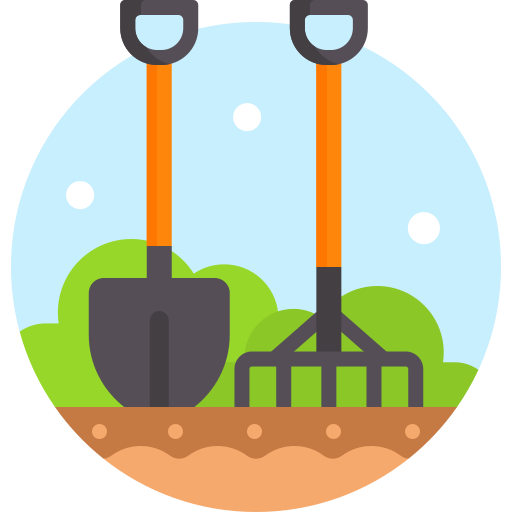I had a volunteer milkweed this year in my small raised bed/container garden.
Early into the season it developed a yellow aphid infestation. I was horrified! They were disgusting things (and far, far too many of them). While I was interested in an insect garden, I was worried spread to nearby plants, specifically my prized blackberries, affecting yields.
I researched and treated the aphid infestation with Neem Oil and basically killed the living population. Success!
Or so I thought…
After I traveled for about a month, I returned to see the aphids had rebounded in full force.
An interesting thing though, neither had they spread to other plants.
Even more interesting there were ladybugs, there were beetles, there were wasps, there was even a praying mantis.
I wouldn’t say the milkweed is super happy about the arrangement, but it is growing, and it was a volunteer into the garden.
Overall it’s been the best plant of the season by far teaching me a little bit about ecosystems.
TLDR: my aphid infestation totally allowed my predator insect population to boom


Interesting. Do you know if this is a problem on the west coast? The article leaves it vague, with some indication that it may only be a Florida problem
Unfortunately, I do not know. If you find anything out, I’d like to hear about it.
Doesn’t seem to be an issue in places where the milkweed dies every winter. It’s a problem in Florida due to their climate, and especially with non-native tropical species of milkweed that have a longer lifespan.